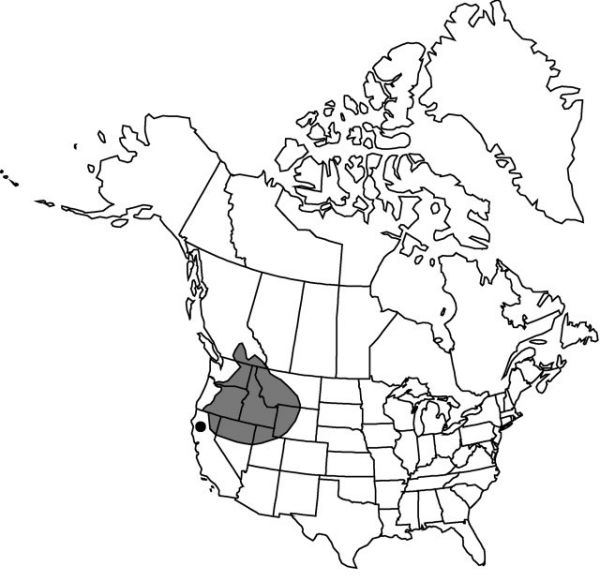Fritillaria pudica
Syst. Veg. 2: 64. 1825.
Bulb scales: large 4–5; small 85–125. Stem 0.7–3 dm. Leaves 2–8, subopposite to scattered, 3–20 cm; blade linear to lanceolate. Flowers nodding; tepals yellow to orange, some lined brown, aging to brick red, 0.8–2.2 cm; nectaries near base of tepals, green, elliptic to round; style unbranched. Capsules angled. 2n = 24, 26.
Phenology: Flowering Mar–Jun.
Habitat: Grassy, shrubby, or wooded slopes
Elevation: 0–2100 m
Distribution

B.C., Calif., Idaho, Mont., Nev., Oreg., Utah, Wash., Wyo.
Discussion
Fritillaria pudica is highly variable and has one of the widest distributions of all the North American species of the genus. It was commonly used as food by Native Americans. The small bulbs were often eaten raw, and the larger ones were either dried or cooked in various ways. The Okanogan-Colville tribe used the appearance of F. pudica flowers as a sign that spring had arrived, and the Shuswap tribe used them in bouquets.
Selected References
None.
